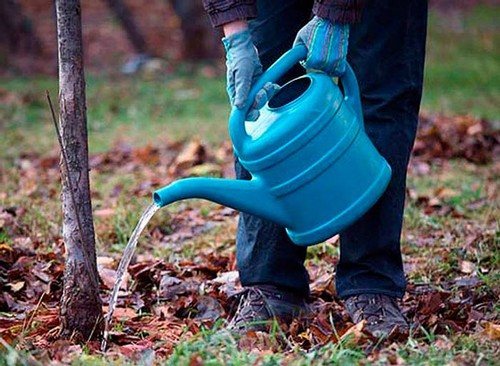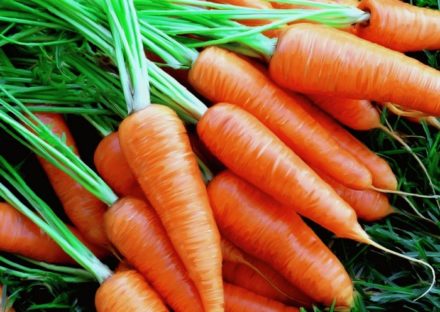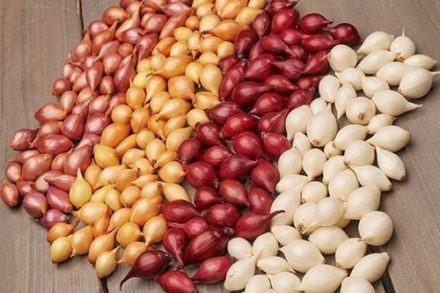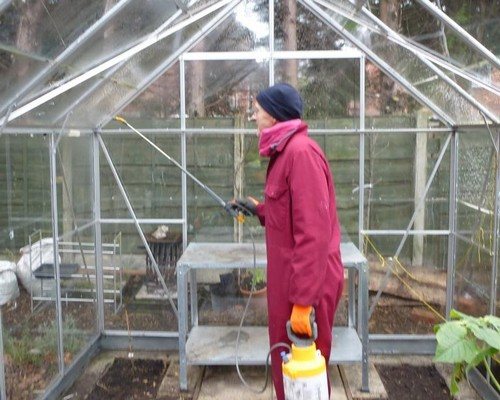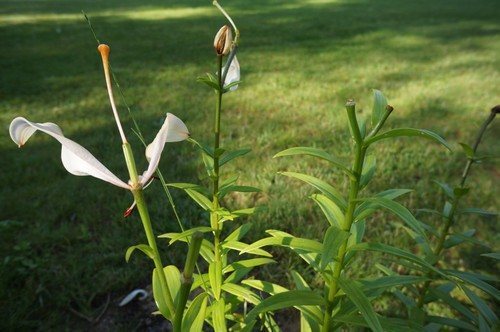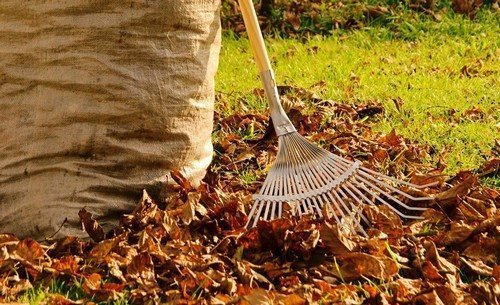Winter sowing has many advantages. First of all, this method of growing plants makes it possible to get a harvest early enough. Also, when sowing plants for the winter, you can free up a large amount of time in the spring. But it is important to know that not all seeds tolerate difficult conditions and produce high-quality seedlings. When sowing in winter, it is important to take into account the characteristics of each crop and the secrets of its successful cultivation.
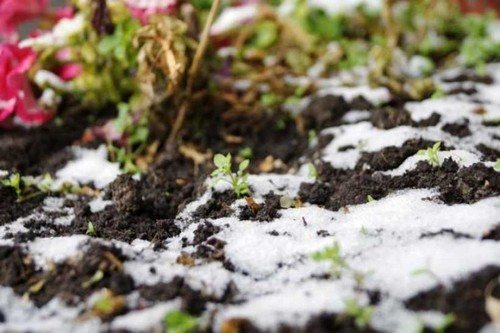
| № | Name of culture | Sowing depth (cm) | Width between rows (cm) | Varieties that are most suitable for sowing for the winter |
| 1 | Beet | 3 | 25 | Gribovskaya, Podzimnyaya A474, Single-line, Cold-resistant |
| 2 | Bow on feather
Onion on turnip |
2-3
5 |
10-12
10-12 |
Batun, Shnit
Strigunovsky, Danilovsky 312, Mayachkovsky |
| 3 | Garlic | From 2 to 7 | 20-25 | Almost all varieties |
| 4 | Carrot | 0,4 | 20-25 | Carotel, Nantes or Chantanay 2461 |
| 5 | Dill | 3 | 20 | Gribovsky, Aurora, Grenadier, Early Miracle |
| 6 | Parsley | 2 | 20-25 | Kcheryavets, Breeze, Astra, Sugar, Russian size, Eagle, Station wagon, Green crystal |
| 7 | Watercress | 1,5 | 10-15 | Curly cress, Broad-leaved, Narrow-leaved |
| 8 | Cilantro | 1,5 | 25-30 | Borodinsky, Yantar, Taiga |
| 9 | Salad | 2 | 30-40 | Sonata, Rhapsody, Big Swing, Dubachok |
| 10 | Spinach | 3-4 | 15-20 | Broadleaf, Victoria, Garant, Matador |
| 11 | Leaf or salad mustard | 1,5 | 20 | Green-leaved and red-leaved |
| 12 | Turnip | 3 | 25-30 | White Night, Geisha, Petrovskaya 1 |
| 13 | Cabbage | 1,5-3 | 0.2 g per m2 | Siberian, Zara, Dumas, Nadezhda, Blizzard, Stone Head 447, Red Early, Gako 741, Monterey, Gnome, Lucky, Guarantee, Khiva |
| 14 | Celery | 1,5-2 | 1.2 g per m2 | Apple, Root mushroom and all leaf varieties |
| 15 | Radish | 2-3 | 10-15 | Heat, Zarya, Carmen, Yubileiny, Lighthouse, Spartak, Teplichny, Hussar |
| 16 | Sorrel | 1-1,5 | 15-20 | All varieties of this crop are suitable for winter sowing |
| 17 | borage | 2-3 | 20-30 | All varieties |
| 18 | Parsnip | 2-3 | 30 | All varieties |
| 19 | Peas | 3 | 30-50 | NS Frost, Alpha, Sugar Brain |
| 20 | Beans | 7-8 | 45 | Russian blacks, Belarusian |
| 21 | Rhubarb | 1-1,5 | 25 | Robin, Stubborn, Moscow, Tsukatny and many others |
| 22 | Chard | 2 | 40 | Most varieties |
| 23 | Swede | 2-2,5 | 45-50 | Almost all varieties |
| 24 | Melissa | 1-2 | 25-30 | lemon balm |
| 25 | Asparagus | 3-5 | 60 | Common asparagus |
Beet
This plant grows very quickly. It needs to be sown later than other crops, otherwise the seeds may sprout.
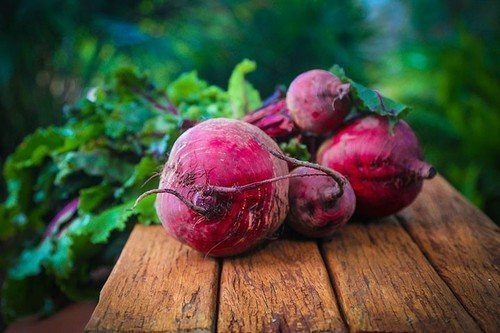
Onion
If the purpose of growing onions is greens, then the distance between the seeds can be about 3 cm. If full-fledged bulbs are planned from the seeds, they need to be buried 5 cm and sown after 5-7 cm.
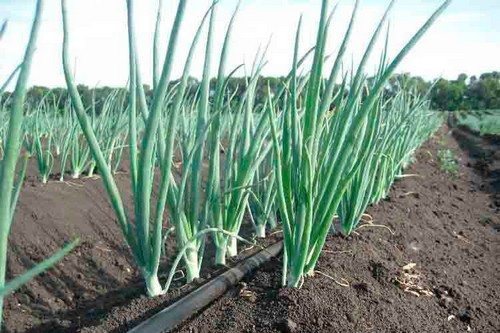
Garlic
This plant is sown with cloves or bulbs that form in the arrows. Despite the fact that the bulbs do not grow into a full-fledged head, such bulbs can be used for cooking or subsequent sowing. The cloves are buried by 5-7 cm, and the bulbs by 2 cm. Garlic can be planted from mid-September to early November.
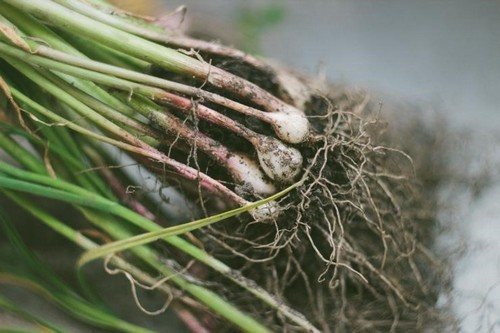
Carrot
It is recommended to cover the seeds with a thin layer of soil, and lay a layer of peat or humus about 2 cm high on top.
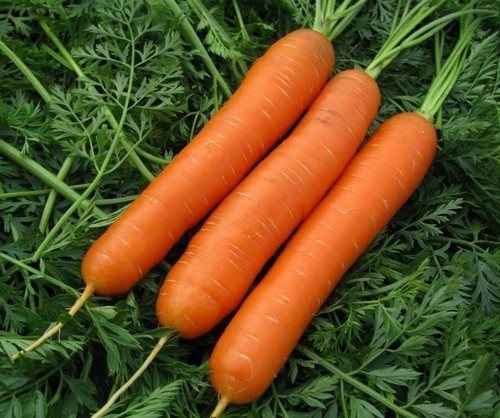
Dill
Seed germination temperature +3 CO, so it should be sown at low temperatures. Fan sowing is allowed. In this case, the seeds are mixed with sand and mulched.

Parsley
Shoots of this plant can appear at a temperature of + 2 CO, and survive in temperatures as low as -9 CO. Both leaf and root varieties are suitable for winter sowing. But if the seedlings sprout in the fall, then in the summer most of the plants will go into bunches.
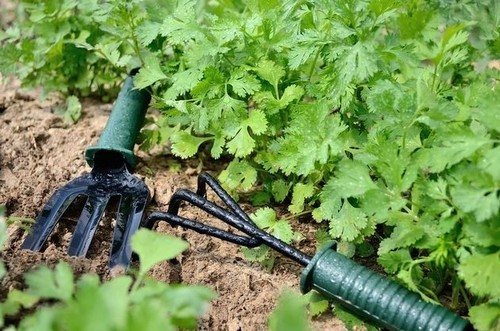
Watercress
This plant is characterized by rapid germination and growth even at low temperatures. It can be sown only after the onset of frost.
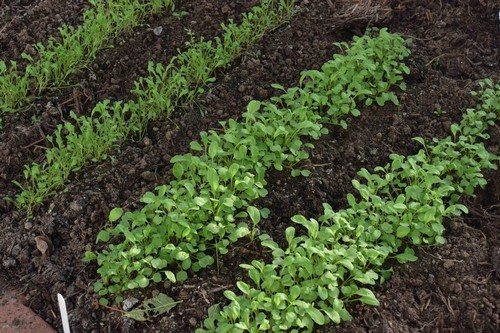
Cilantro
Cilantro seedlings tolerate ten-degree frosts well. Pre-winter sowing makes it possible to obtain early greenery.
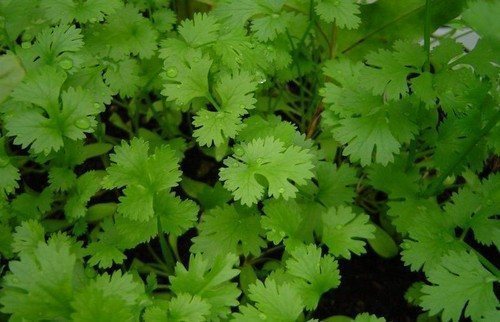
Salad
Lettuce sown before winter always gives an excellent early harvest.
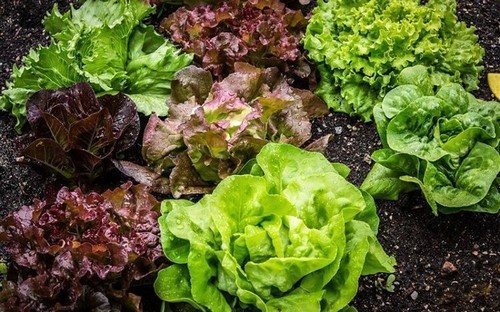
Spinach
A plant sown in early September will have formed rosettes by the beginning of winter and will produce a very early harvest in the spring. Spinach can also be sown before the onset of frost. It sprouts early and also produces an early harvest.

Leaf or salad mustard
Mustard is sown after the onset of light frosts. Germinated plants can withstand temperatures down to -5 CO.
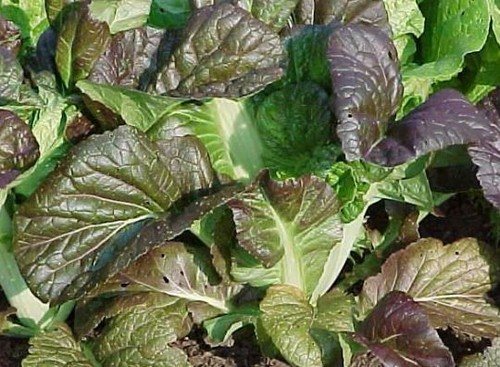
Turnip
This crop should be sown approximately 15 days before the onset of permanent frosts. Pre-winter sowing makes it possible to obtain early root crops before the cruciferous flea beetle begins to reproduce.

Cabbage
Cabbage seeds are suitable for sowing for the winter in regions with warm climates. It is very important to ensure that early crops are not damaged by frost.
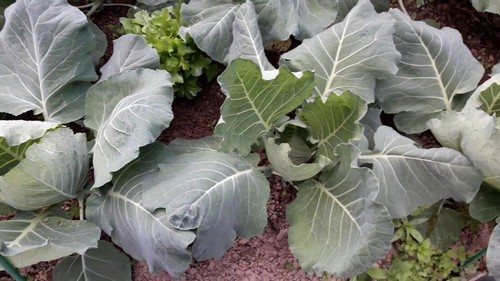
Celery
You can grow both leaf and several root varieties. The seeds produce early shoots and an excellent harvest.
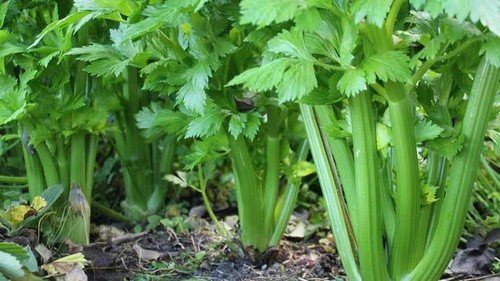
Radish
Sowing radishes should begin before the onset of frost, since the seeds of this plant germinate very quickly even at the lowest temperatures. Radishes sown before winter yield a harvest in early May.
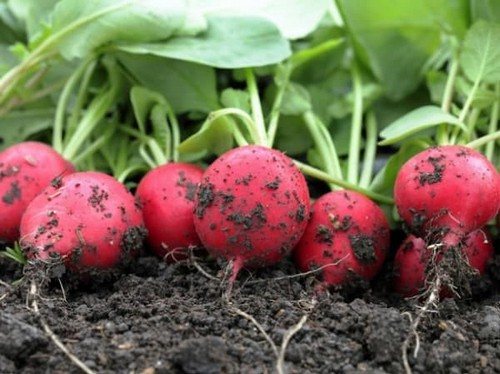
Sorrel
This plant responds very well to winter planting. Such seeds sprout very early and quickly form rosettes. All varieties of sorrel can be sown in autumn.
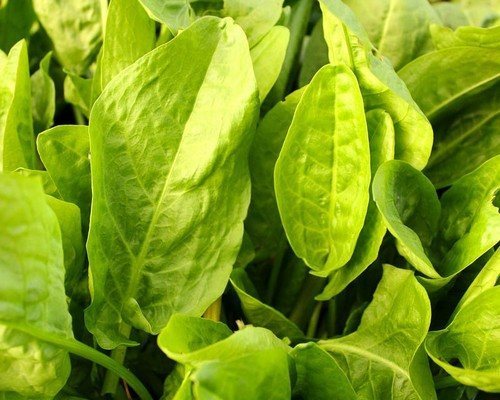
Borage or borage
This culture produces early shoots and does not require much attention. For a good harvest, it is enough to ensure timely watering and the absence of weeds.Borage can grow even in the wild, but when grown in the garden, its leaves have a more delicate texture.
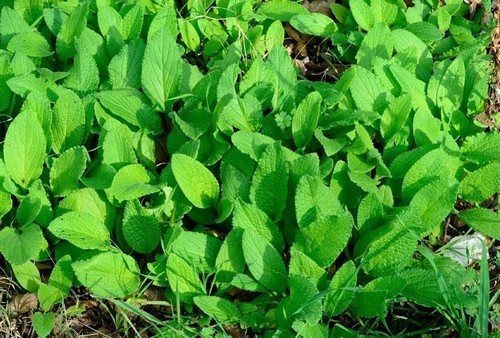
Parsnip
This plant does not require special care. It is enough to water and fertilize on time. When sowing in winter, only dry seeds should be used. In order to grow your own seeds, some of the root crops can be left for the winter. The plant survives well at low temperatures and produces early shoots.
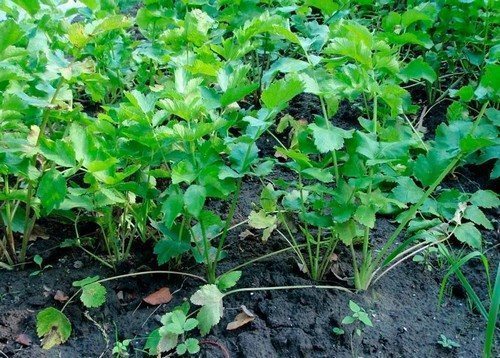
Peas
This crop is planted in several stages to ensure several harvests per year. Pre-winter sowing is carried out before the onset of permanent frosts, otherwise the seeds may sprout. Pea seedlings tolerate low temperatures down to -3 CO. Mulching the soil is also an excellent additional protection for plants from frost. Despite the fact that the plant is frost-resistant, the roots prefer warm soil.
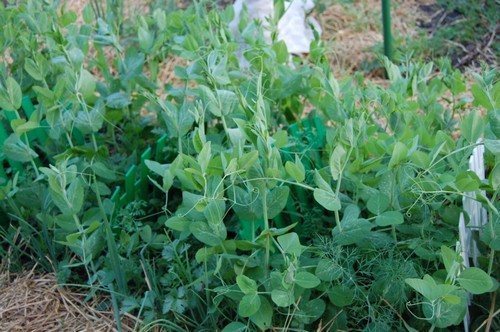
Beans
Seeds germinate at low temperatures, and young shoots often die in frost. For this reason, beans are sown before the onset of permanent frosts. Since the plant’s seeds are large, there is no need to carefully cultivate and loosen the soil.
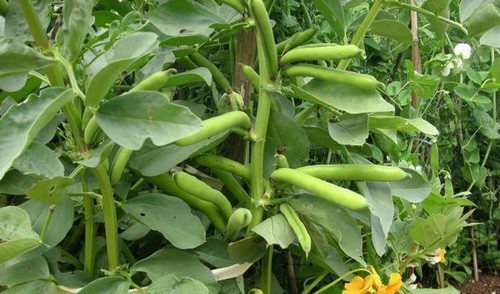
Rhubarb
This plant is very unpretentious and can grow in one place for up to 15 years. Sowing before winter will make it possible to get early shoots and also avoid hassle with seedlings.
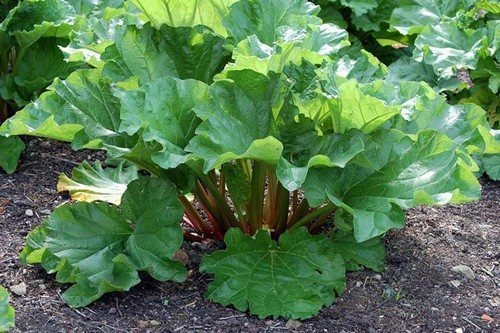
Chard
When sown in autumn, leaf beets sprout very early. When growing a plant, it is necessary to monitor humidity, but not allow it to be excessive. Between the plants themselves you need to maintain a distance of 15 to 50 cm.
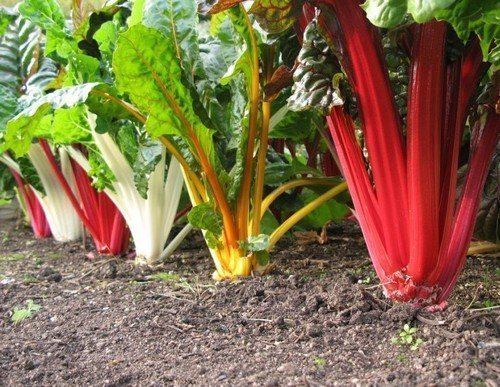
Swede
When sowing, you need to throw two grains into one hole. The area for the garden bed is prepared in advance, and the seeds are sown after the soil freezes to a depth of 5 cm. Sand is poured into the holes.
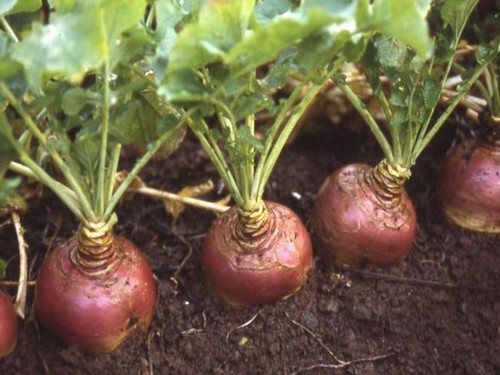
Melissa
It is most convenient to sow such a crop between other crops, and then transplant the young plants to a permanent place. Melissa blooms in the second year.

Asparagus
This plant is considered a fairly early vegetable, but the harvest can only be obtained from a specimen that is three years old. Young sprouts up to 20 cm high are suitable for food. Asparagus that sprouted in the spring is transplanted to a permanent place after a year.
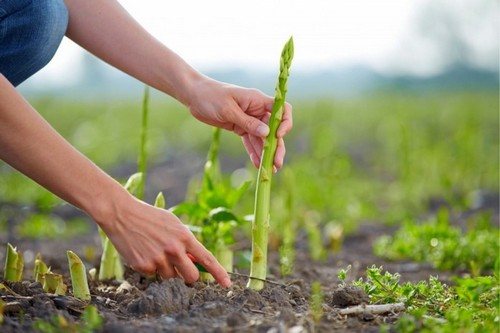
All crops sown before winter sprout early, suffer less disease and are more resistant to pests. In order to speed up the harvest, you can cover the beds with film or agrofibre in early spring. All seedlings begin to develop very quickly and cover the ground. Such conditions create unfavorable conditions for weeds. But when sowing in autumn, the soil becomes compressed during the winter and is quite difficult to cultivate. Before planning sowing for the winter, you need to weigh all the advantages and disadvantages of this method.



